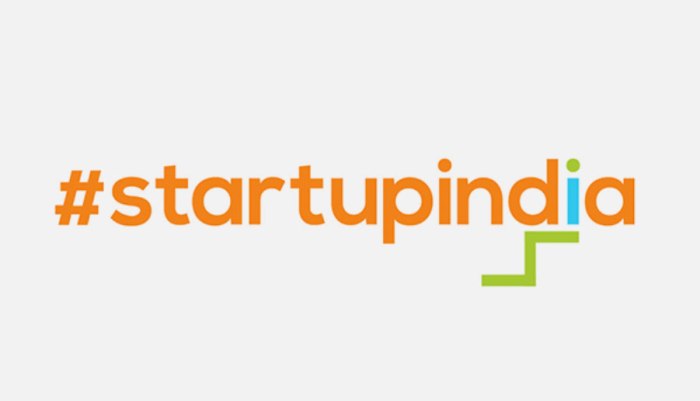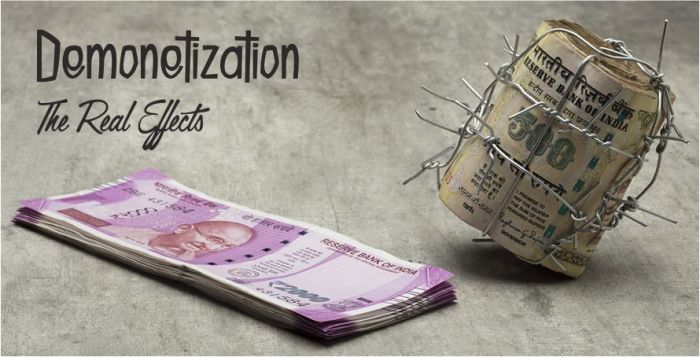
Startup India campaign is based on an action plan aimed at promoting bank financing for start-up ventures to boost entrepreneurship and encourage start ups with jobs creation. The campaign was first announced by Prime Minister Narendra Modi in his 15 August 2015 address from the Red Fort. It is focused on to restrict role of States in policy domain and to get rid of “license raj” and hindrances like in land permissions, foreign investment proposal, environmental clearances. It was organized by Department of Industrial Policy and Promotion (DIPP). A startup is an entity that is headquartered in India which was opened less than five years ago and has an annual turnover less than ?25 crore (US$3.7 million). The government has already launched iMADE, an app development platform aimed at producing 1,000,000 apps and PMMY, MUDRA Bank, a new institution set up for development and refinancing activities relating to micro units with a refinance Fund of ?200 billion (US$3.0 billion).
The Standup India initiative is also aimed at promoting entrepreneurship among SCs/STs, women communities Rural India’s version of Startup India was named the Deen Dayal Upadhyay Swaniyojan Yojana. To endorse the campaign, the first magazine for start ups in India, The Cofounder, was launched in 2016.
Key points
Single Window Clearance even with the help of a mobile application
10,000 crore fund of funds
80% reduction in patent registration fee
Modified and more friendly Bankruptcy Code to ensure 90-day exit window
Freedom from mystifying inspections for 3 years
Freedom from Capital Gain Tax for 3 years
Freedom from tax in profits for 3 years
Eliminating red tape
Self-certification compliance
Innovation hub under Atal Innovation Mission
Starting with 5 lakh schools to target 10 lakh children for innovation programme
new schemes to provide IPR protection to start-ups and new firms
encourage entrepreneurship.
Stand India across the world as a start-up hub.
Launch
The event was inaugurated on 16 January 2016 by the finance minister Arun Jaitley. Among the attendees were around 40 top CEOs and startup founders and investors from Silicon Valley as special guests including Masayoshi Son, CEO of SoftBank, Kunal Bahl, founder Snapdeal, Ola founder Bhavish Aggarwal, Paytm founder Vijay Shekhar Sharma, Travis Kalanick, founder of Uber, Adam Neumann, CEO of WeWork, BJ Arun, CEO of July Systems, Prateek Kr. Bhowmick, Co-founder of ReviewAdda, Sachin Bansal, Co-founder of Flipkart, Naveen Tewari, Co-founder of Inmobi and others.
Government’s role
The Ministry of Human Resource Development and the Department of Science and Technology have agreed to partner in an initiative to set up over 75 such startup support hubs in the National Institute of Technology (NITs), the Indian Institute of Information Technology (IIITs), the Indian Institute of Science Education and Research (IISERs) and National Institute of Pharmaceutical Education and Research (NIPERs).
The Reserve Bank of India said it will take steps to help improve the ‘ease of doing business’ in the country and contribute to an ecosystem that is conducive for the growth of start-up businesses.
Investments
SoftBank, which is headquartered in Japan, has invested US$2 billion into Indian startups. The Japanese firm had pledged the total investments at US$10 billion. Google declared to launch a startup, based on the highest votes in which the top three startups will be allowed to join the next Google Launchpad Week, and the final winner could win an amount of US$100,000 in Google cloud credits. Oracle on 12 February 2016 announced to set up nine incubation centres in Bengaluru, Chennai, Gurgaon, Hyderabad, Mumbai, Noida, Pune, Trivandrum and Vijayawada.
States Assessment
Southern States of the nation have shown great performance, like Karnataka, Kerala, Andhra Pradesh and Telangana which have results better than the rest of the country in terms of their policies implementations for supporting startups. Their focus has been on improving infrastructure, especially in the Tier-II cities. Bengaluru , a metro city of Karnataka, is known as the Silicon Valley of India. Kerala is well known for the government’s startup policy, “Kerala IT Mission”, which focus on fetching ?50 billion (US$740 million) in investments for the State’s startup ecosystem. It also made India’s first telecom incubator Startup village in 2012. The state also matches the funding raised by its incubator from Central government with 1:1. Telangana has launched the largest incubation center in India as “T-Hub”. Andhra Pradesh has allocated a 17,000-sq.ft. Technological Research and Innovation Park as a Research and Development laboratory. It has also created a fund called “Initial Innovation Fund” of ?100 crore (US$15 million) for entrepreneurs. The government of Madhya Pradesh has collaborated with the Small Industries Development Bank of India (SIDBI) to create a fund of ?200 crore (US$30 million). Rajasthan has also launched “Start-up Oasis” scheme. In order to promote start-ups in Odisha, the state government organised a two-day Start-up Conclave in Bhubaneswar on November 28, 2016. The main objectives of the event would be to motivate youth towards entrepreneurship, showcase the start-up ecosystem in Odisha and attract more start-ups to the state.
Demystifying Data Analytics, Decision Science & Digital


 On the same day that Donald Trump was elected president of the United States, India also received an unexpected, earth-shattering announcement. However, theirs wasn’t of a disruptive, unconventional presidential candidate coming to power but of a disruptive new policy that would instantly shake up the lives of 1.25 billion people, rich and poor alike. At 10 p.m. on November 8th, India’s Prime Minister Narendra Modi announced that on the stroke of midnight all 500 and 1,000 rupee notes — 86% of the currency in circulation — would cease to become legal tender.
On the same day that Donald Trump was elected president of the United States, India also received an unexpected, earth-shattering announcement. However, theirs wasn’t of a disruptive, unconventional presidential candidate coming to power but of a disruptive new policy that would instantly shake up the lives of 1.25 billion people, rich and poor alike. At 10 p.m. on November 8th, India’s Prime Minister Narendra Modi announced that on the stroke of midnight all 500 and 1,000 rupee notes — 86% of the currency in circulation — would cease to become legal tender.